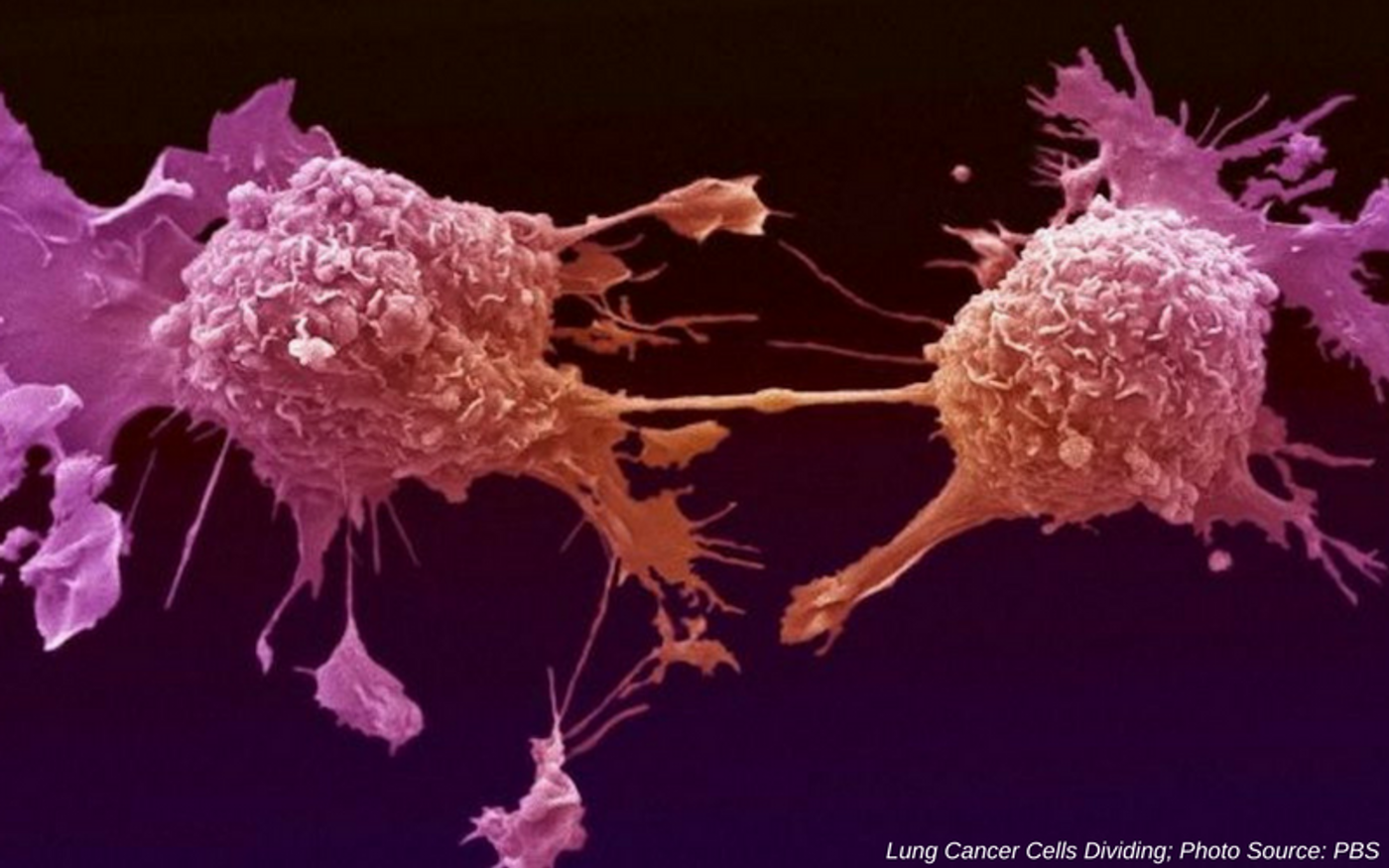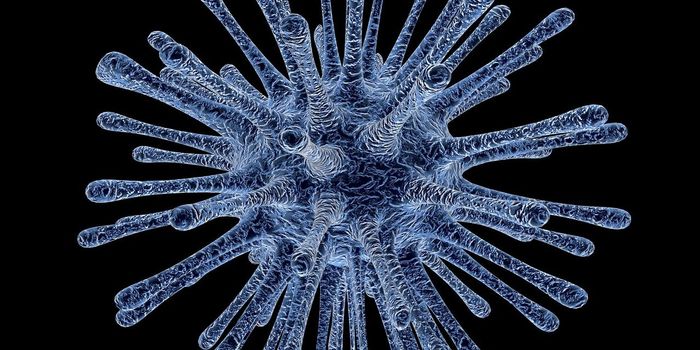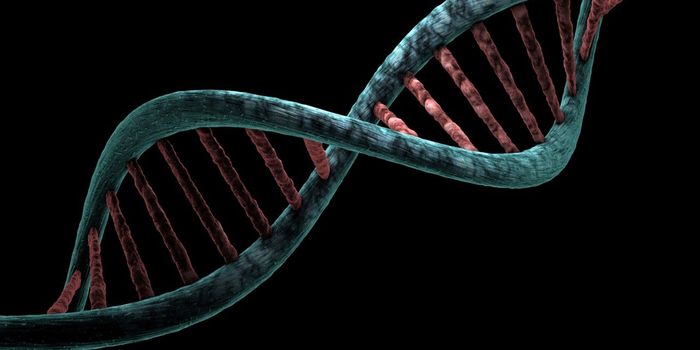Similarities and Differences between Stem Cells and Cancer Cells Creates "Stemness" Index
For decades, stem cells have fascinated scientists and been the subject of a multitude of debates about use and application. One of the foremost features of embryonic stem cells is that they differentiate into whatever tissue or cell type is needed. That is the biological development process for animals during the embryonic stages as well as during an animal’s lifespan. Part of that growth and development process is embryonic stem cell signaling to induce rapid replication. There is increasing recognition that there are distinct parallels that can be drawn between the rapid growth and development in embryonic stem cells and the cancer progression process.
A few groups of researchers have been studying stem cells and tumor cells to identify cellular mechanism similarities and differences between stem cells, cancer cells, and mature cells. Further, one group outlined what they call, “Stemness” to create an index of stem cell-like features that can indicate oncogenic dedifferentiation, cancer aggressiveness, and potential drug targets for therapeutic approaches.
One group, published February 2018 in the Royal Society of Chemistry Journal Analyst, recently completed an analysis of the roles and presence or absence of cellular macromolecules like lipids, proteins, carbohydrates, and nucleic acids in stem cells, somatic cells, and cancer cells. Their efforts were designed to inform the scientific understanding of similarities and differences in cellular mechanisms between these cell types for research and be applicable in the clinical treatment setting. They found, for example, that cancer cells contain the lowest level of lipids and have short lipid acyl chains compared to murine embryonic stem cells which had long lipid chains. Interestingly, they also noted that normal cells had low nucleic acid and glycogen amounts but higher lipid amounts. Cancer cells had the highest cellular growth rate which aligned with their high nucleic acid and higher glycogen levels. These are the puzzle pieces needed for energy and replication.
Another study, published April 5, 2018 in The Cell, focused on the loss of the differentiated phenotype as part of cancer progression. The authors found that this dedifferentiation leads to more “progenitor and stem cell like features”. The group started by defining “stemness” as the potential for self-renewal and differentiation from the cell of origin. The authors said, “An increasing number of genomic, epigenetic, transcriptomic, and proteomic signatures have been associated with cancer stemness. These molecular features are causally connected to particular oncogenic signaling pathways that regular transcriptional networks that sustain the growth and proliferation of cancer cells.” The group utilized the work of The Cancer Genome Atlas (TCGA), discussed in another LabRoots article, to help build a one-class logistic regression (OCLR) machine learning algorithm to analyze cancer stemness in the TCGA’s 12,000 samples of 33 tumor types. The result was two distinct stemness indices. The first was reflective of epigenetic features of DNA called mDNA stemness index (mDNAsi); the second was reflective of gene expression and called mRNA stemness index (mRNAsi). The associations between the stemness indices included oncogenic pathways, somatic alternations, tumor heterogeneity, and microRNA networks. These features correlated with cancer stemness. The group also correlated stemness indices with tumor pathology and were predictive of clinical outcome. According to the authors, both mDNAsi and mRNAsi were the lowest in normal cells, increased in primary tumors, and highest in metastases. This is consistent with scientific knowledge of cancer progression.
This work contributes to the broader goals of creating better tools and analyses for patient prognosis, treatment planning, and potential new developments in predictive biomarker identification for cancer recurrence, treatments, and monitoring.
Sources: The Cell, Royal Society of Chemistry Journal Analyst, Genome Biology, Nature,










